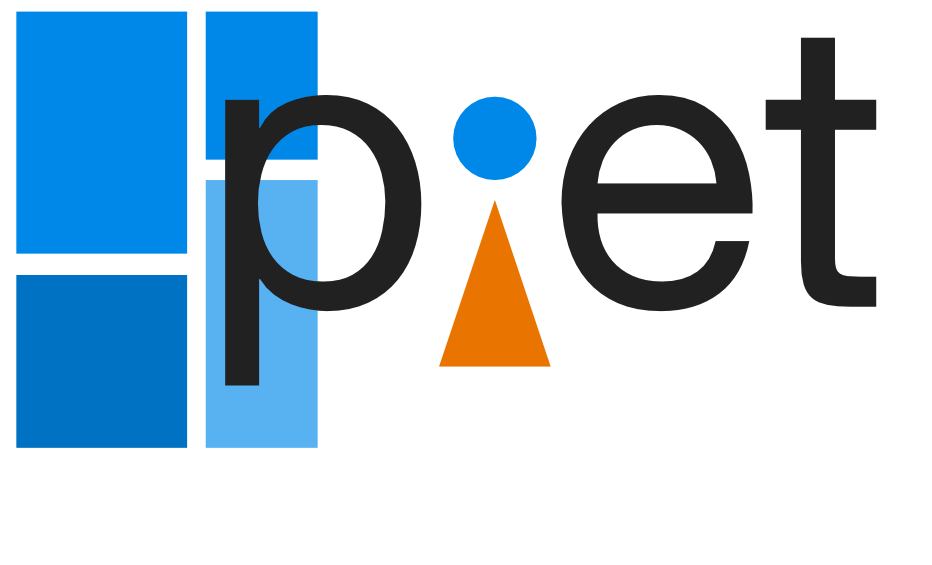Cross-platform 2D graphics.
The Piet project consists of a core crate (piet) which describes a 2D graphics API,
and a number of "backends", which implement that API on top of the built-in
2D graphics system of a given platform. This allows the same drawing code to be
used on different platforms, without having to bundle a full 2D renderer.
The motivation for this crate is set forth in this blog post. It is used as the basis of Druid, a cross-platform GUI toolkit.
A companion for Bézier path representation and geometry is kurbo.
Running the examples requires that submodules be checked out. From the root directory, run
git submodule update --initFor cross-platform use, the piet-common crate reexports the most
appropriate implementation for the current target.
The piet-cairo crate depends on the cairo library. A simple test of the cairo
backend is to run cargo run --example test-picture 0, which should
produce an image file called cairo-test-0.png.
The piet-coregraphics crate works on macOS only. A simple test of the coregraphics
backend is to run cargo run --example test-picture 0, which should
produce an image file called coregraphics-test-0.png.
The piet-direct2d create works on Windows only. A simple test of the direct2d
backend is to run cargo run --example test-picture 0, which should
produce an image called d2d-test-0.png.
Contributions are welcome! It's in early stages, so there are lots of opportunities to fill things out.
You can find other collaborators at xi.zulipchat.com under the #druid stream.
Piet's interface is largely inspired by the Skia Graphics Library as well as the C++ 2D graphics api proposal although piet aims to be much more lightweight and modular.
The library is named after Piet Mondrian. It is abstract and intended to be used for drawing lots of rectangles.






